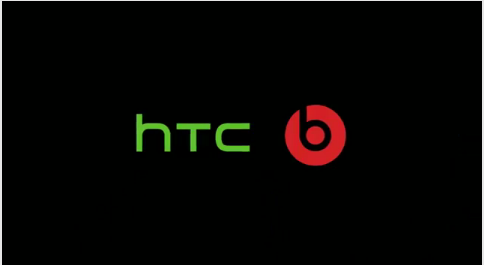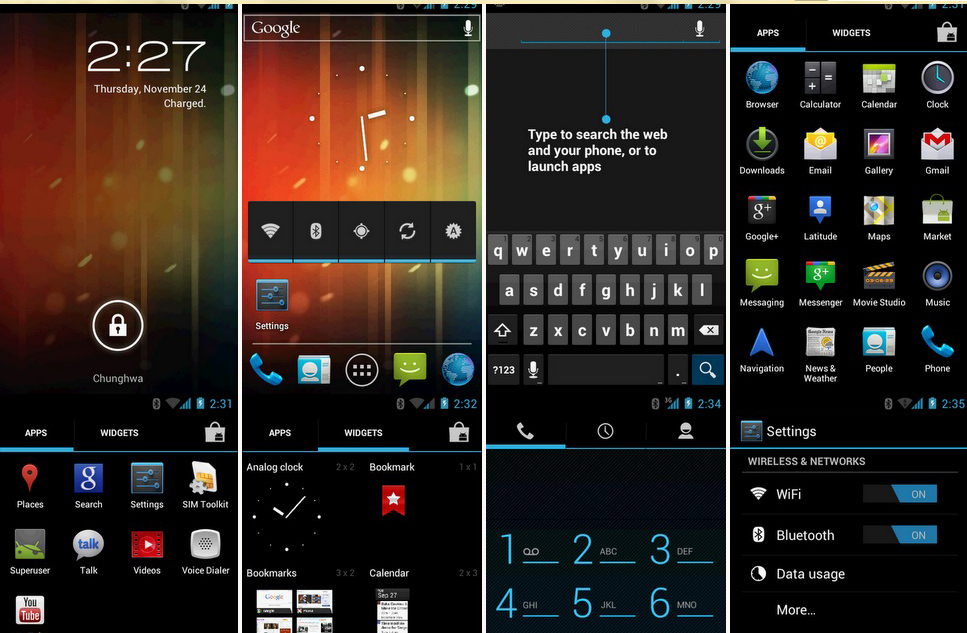In the fast-paced world of smartphones and technology, our devices have become an integral part of our lives. With the plethora of apps available, it’s easy for your Android home screen to turn into a cluttered mess. Organizing your apps not only enhances aesthetics but also improves efficiency. In this blog post, we’ll walk you through effective strategies to keep your Android apps organized for a seamless and enjoyable experience.
1. Declutter First:
Before you dive into organizing, take some time to declutter. Go through your apps and uninstall those you rarely use. Long-press on an app icon and drag it to the “Uninstall” option that appears at the top of the screen. Remember, less is more!
2. Sort by Usage:
Consider categorizing your apps based on how frequently you use them. Place the most-used apps on your home screen or in the dock at the bottom. Create folders for apps you use less frequently. For example, you could have folders like “Productivity,” “Entertainment,” and “Utilities.”
3. Alphabetical Arrangement:
If you have a vast collection of apps and find it difficult to categorize them, simply arrange them alphabetically. This approach allows you to quickly locate an app by its name. To do this, go to the app drawer, tap the three-dot menu, and choose “Sort” > “Alphabetical.”
4. Color Coordination:
A visually appealing method is to organize apps by color. This method might not be as efficient for finding apps quickly, but it adds a unique and vibrant touch to your home screen. Arrange icons by color to create a visually pleasing gradient effect.
5. Widgets for Productivity:
Widgets can offer a quick view of essential information without opening the app. Utilize widgets for tasks like checking the weather, calendar events, or to-do lists. Long-press on your home screen, select “Widgets,” and choose the ones that suit your needs.
6. Utilize App Folders:
Folders are a fantastic way to keep your home screen clean and tidy. Long-press on an app, drag it over another app, and release to create a folder. Rename the folder according to the apps inside. This helps avoid clutter and allows you to group similar apps together.
7. Search Bar Advantage:
Remember, you don’t always have to scroll through screens to find an app. Use the search bar at the top of your app drawer. Type in the first few letters of the app’s name, and Android will quickly display relevant results.
8. Regular Maintenance:
As you download new apps or uninstall old ones, periodically review your organization strategy. Rearrange apps or update folders as needed. This maintenance will ensure your setup remains efficient and tailored to your evolving needs.
9. Backup and Restore:
In case you get a new device or need to reset your current one, having a backup of your app organization can save you time and effort. Some launchers and backup apps allow you to save your home screen layout and restore it on a new device.
10. Custom Launchers:
If you’re looking for more control and customization over your app organization, consider using a third-party launcher from the Google Play Store. Launchers like Nova Launcher or Action Launcher offer advanced options for arranging apps, changing icons, and more.
Conclusion:
A well-organized Android home screen not only streamlines your experience but also reflects your personal style. Whether you choose to arrange apps by usage, color, or alphabetically, the key is to create a system that suits your preferences and enhances your efficiency. Remember to periodically review and adapt your organization strategy to ensure it remains relevant to your evolving needs. With these tips, you’ll transform your Android device into a hub of productivity and aesthetics.









